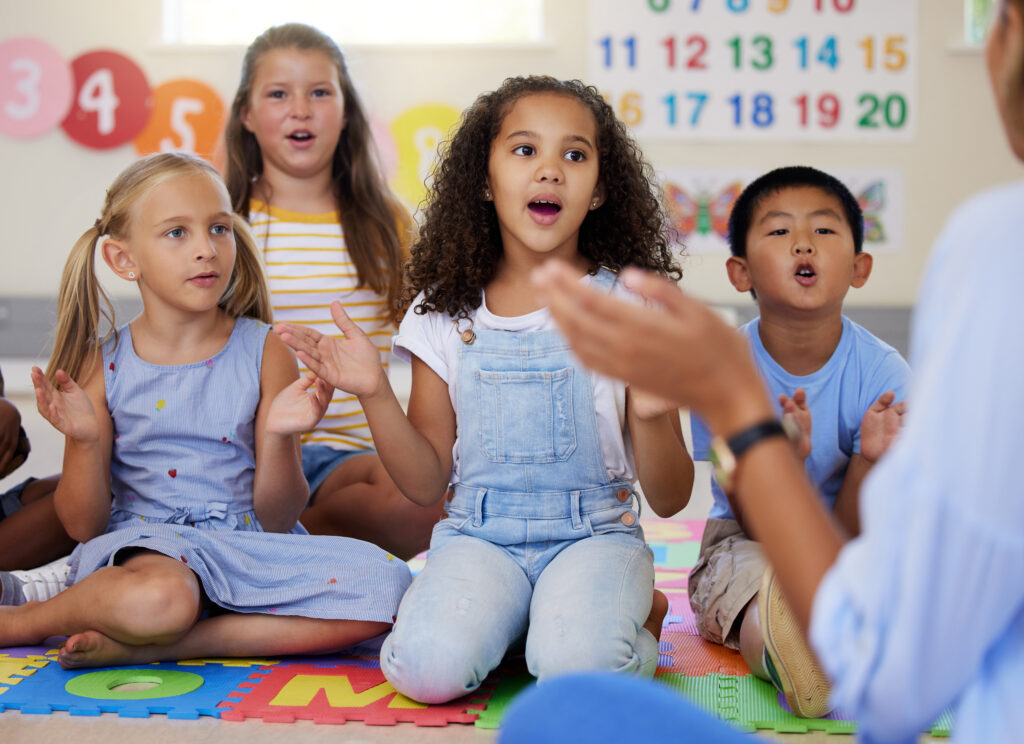Has Arts Education Failed BIPOC Communities?

In 2015, I took a job fresh out of grad school as the inaugural director of ASO Sympatico, the Alexandria Symphony Orchestra’s El Sistema-inspired music education program. I anticipated being responsible for overseeing music educators, developing branding, building ensembles, managing enrollment, booking performances and seeking funding. Those tasks certainly proved true. What I didn’t expect was the central role of racial, classed, religious, language and gender diversity in my work.
Perhaps I should have known better, given that John Adams Elementary, the school in northern Virginia that hosts Sympatico, is a Title I-funded school. Over 75% of the student body qualifies for free or reduced lunch and 40+ languages are spoken. In the National Capital region, so often associated with high incomes from government, defense, intelligence, multinational corporate and international agency work, many of the students attending John Adams are the children of cleaners, corner store owners and laborers, making up this country’s working-class and immigrant backbone. At Sympatico, I regularly ran into different versions of the same question: how do we ensure that young people from under-resourced BIPOC (Black, Indigenous, and people of color) and immigrant communities receive quality arts education?
One moment stands out above others. A parent had told Sympatico’s choral instructor that his already-enrolled daughter would only be able to attend rehearsal three days a week, rather than the requisite five. The instructor, a white woman with a long waitlist, informed him that she either had to attend every day or not at all. The young girl was distraught. I was brought in to achieve a compromise.
The parent, a Black, Kenyan, Muslim man, told me that he planned to enroll his daughter in religious education classes twice a week after school, so she could learn Arabic and Qur’anic recitation. I listened to his concerns, based as they were on fears that his daughter would be ill-equipped to navigate life without this training. I shared my experience as a young, Brown, Muslim man growing up in the U.S. as a child of immigrants. Throughout my childhood, the arts were uplifted as important; I was sent to religious school on weekends. I wondered with the parent if his daughter could attend on weekends, recognizing the importance of his cultural, religious and social worldview and his legitimate immigrant anxiety. I left the decision to him and his daughter. He later informed me that she would enroll in weekend religious school and maintain her participation in the ensemble.
We know that arts education is based on whiteness, with myriad manifestations: the educator, curriculum, specialized student body and epistemological underpinnings of what we think art is. Arts education has been slow to wrestle with the implications of its whiteness. The upshot is that under-resourced immigrant and BIPOC communities suffer, for deft cultural negotiations like mine require serious intercultural skills. But to center those most underserved, they also require pushing against whiteness’ propensity towards either/or thinking and one right way. I failed to do such pushing because I, in effect, required the parent to sacrifice a socioreligious priority in favor of an artistic one. Even I, an arts educator of color with intersectionally marginalized identities, can be complicit with whiteness’ nefarious influence.
I don’t have answers, rather some wonderings. What if arts education started with the person and community being served, rather than the system of whiteness it is based on? What if religious education was understood as arts education, where reciting Qur’anic scripture was perceived to be as beautiful as singing an aria? And, what if we dismantled arts education as we know it? What, if anything, might we build instead?



